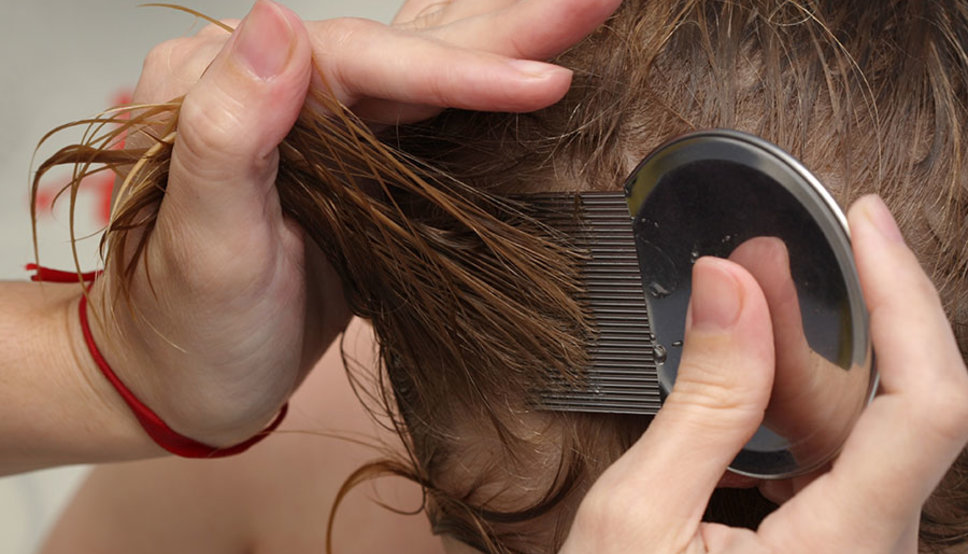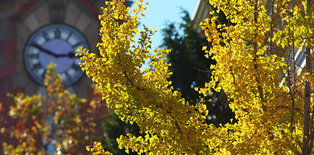Head Lice: It’s not just for kids

Head lice are one of the most contagious conditions among children in school, but it can just as easily affect adults. Children in primary and elementary school tend to play in closer quarters with more head-to-head contact, or maybe share hairbrushes or hats. Adults with young children are more likely to get lice, but anyone is susceptible.
What are head lice?
Head lice come in two forms: the insect and the egg. The insects cling to the scalp and neck and feed off your blood, making their presence both worrisome and irritating. Those insects can lay eggs, called nits, which stick like glue to your hair and are just as itchy. Both the insect and the eggs are very tiny and difficult to spot.
Where can I get it?
While lice cannot jump or fly from one person’s head to the next, travelling from one host to the next is not exactly a challenge. Common ways you can contract get lice are:
- Any head-to-head contact, like hugging or contact sports
- They can also survive for a short time on personal items, such as:
- Hats, hoods and hair accessories
- Hairbrushes
- Pillows
- Clothing
- Headphones
- Towels
- Upholstered furniture such as a seat in a movie theater or public transportation
What are the symptoms?
Your head and neck will begin to itch incessantly. You may find red and itchy bumps on your neck if the insects are present on your scalp. Lice insects and nits are very small, but still visible to the naked eye. They can be white, gray or brown and most often gather at the back of the neck or behind the ears. The nits are tiny, oval-shaped and sticky.
How can I avoid it?
Adults should take precautions to avoid resting your head on anything in a public space. Gym equipment and seats in theaters and public transportation may be hosting lice. Those who spend time around young children should be even more careful. If someone at your child’s school has lice, the school will notify you and that child should not be sent to school until treatment is complete, but you and your child should avoid sharing combs and hairbrushes, and keep hats, scarves and coats on separate hooks from other children’s garments at school.
I got head lice anyway. Now what?
Treatment for head lice is cumbersome but necessary. Lice will not go away on their own. The most convenient and effective way to treat head lice is with over-the-counter treatments. Home remedies like smothering the lice in mayonnaise or olive oil have also been used, but are not as effective as a medicated treatment. Common over-the-counter lice treatments come with a shampoo, a lice comb, and a spray to kill the bugs on non-washable items, like the headrest on the seats in your car. You may infect yourself again with more of your own head lice if you don’t take the necessary precautions.
- Use the lice shampoo without conditioner and have someone go through your head with the comb looking for the nits and insects, concentrating on the areas at the back of the neck and behind the ears. Repeat the treatment once more in a week to attack any newly hatched nits.
- Wash bedding, stuffed animals, clothes and anything else your head may have touched while infected in hot water and dry at high heat.
- Seal items that cannot be washed, like pillows, in a plastic bag and store for two weeks. This will suffocate the lice and render the items safe for use again.
- Wash combs, brushes and other hair accessories.
- Disinfect furniture with lice-killing spray.
If an over-the-counter treatment has failed due to incorrect use or not repeating treatment at the appropriate time, your primary care physician or your child's pediatrician may also prescribe a prescription-strength treatment.
Head lice are extremely common and can be difficult to avoid, especially in children. Getting lice as an adult is not as common, but it is definitely possible. By following these precautionary steps, you can lower your risk of a lice infection and avoid spreading it to others.
About the Author:
Lifespan Blog Team
The Lifespan Blog Team is working to provide you with timely and pertinent information that will help keep you and your family happy and healthy.
Lifespan Living Newsletter
Find a Doctor

The right provider is in our network
Search more than 1,200 providers in our network.



